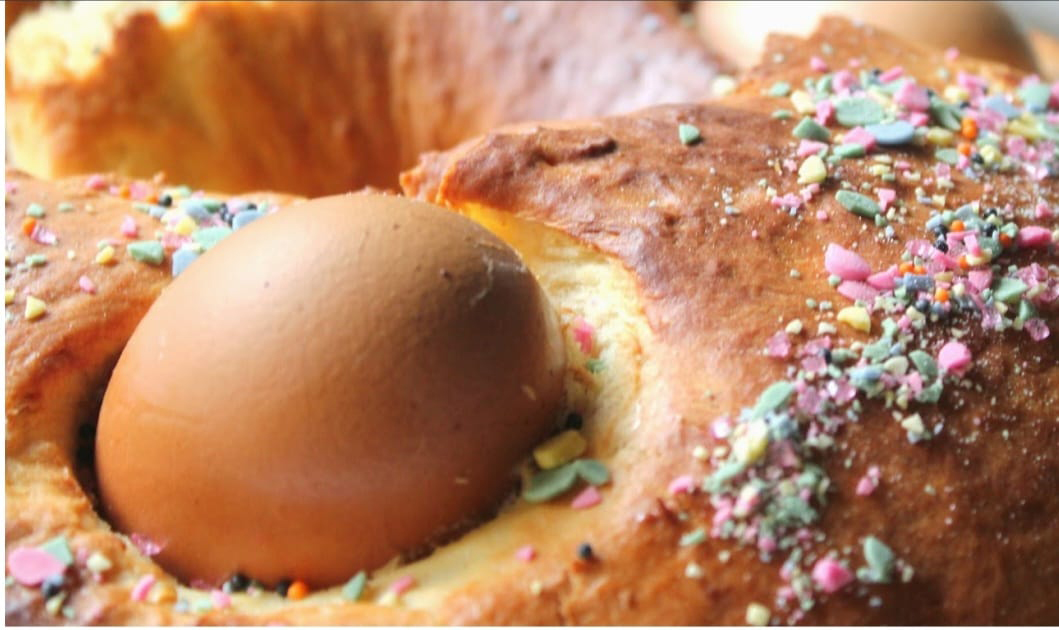
Easter is one of the most popular Spanish holidays, and its traditions can be experienced not only on the streets, but also in pastry shops. “Torrijas, monas de pascua, bartolillos, pestinhos, doughnuts and many other sweets that can be tasted in Spain in March and April fill the windows of pastry shops these days.
Torrijas are a great afternoon snack after the Easter processions.
Easter is associated with many traditions, and one of them is this dessert. Many believe that this delicious pastry originated in monasteries where, to avoid throwing away stale bread, it was soaked in milk and honey to soften it and give it flavor. Torrijas may remind you of other pastries in their ingredients and shape, but they have a secret that makes them unique and typical of Spain: they are fried in olive oil. They are then sprinkled with sugar or poured with syrup, honey or wine, depending on your preference.This is the most typical sweetness of this period, but we like these soft and juicy pastries so much that they are often eaten for breakfast, for an afternoon snack or as a dessert. We recommend that you experience one of our Easter traditions: watch the processions and then taste the delicious “torrijas”.
MONA DE PASQUA is the cake for Easter Monday
This is the most traditional Easter pastry on the Mediterranean coast of Spain. It has two particularly popular variants. In the Valencian Community and Murcia region, it is made with sweet brioche dough and decorated with hard-boiled eggs. And in Catalonia, another variant is popular: the cake is decorated with chocolate eggs or intricate chocolate figures. These days, the windows of many confectionery shops turn into real chocolate museums, where you can see amazing products. This sweet symbolizes the end of the fast that accompanies this religious holiday. It is often eaten by the whole family, as traditionally grandparents or godparents give it to their grandchildren or godchildren’s children.
PESTINhos, donuts, leche frita, flores de cuarresma – new sweets every day
At Easter, you can taste not only “torrijas” and “mona de pascua” but also many other sweets. Most of them are fried pastries in which honey (such as “pestinhos”, very popular in Andalusia), sugar (such as doughnuts) or cream filling (“bartolillos”, typical of Madrid’s gastronomy) are added. You can also see delicate crispy pastries in the form of flowers decorated with sugar and chocolate (you can taste them all over the country, but they are most typical in Castile-La Mancha, Castile y León, Extremadura and Galicia), or Easter “luxos” with the taste and smell of anise (pastries traditionally eaten in Andalusia while watching the processions). In northern Spain, these days “leche frita”, or “fried milk”, is traditionally served for dessert.

